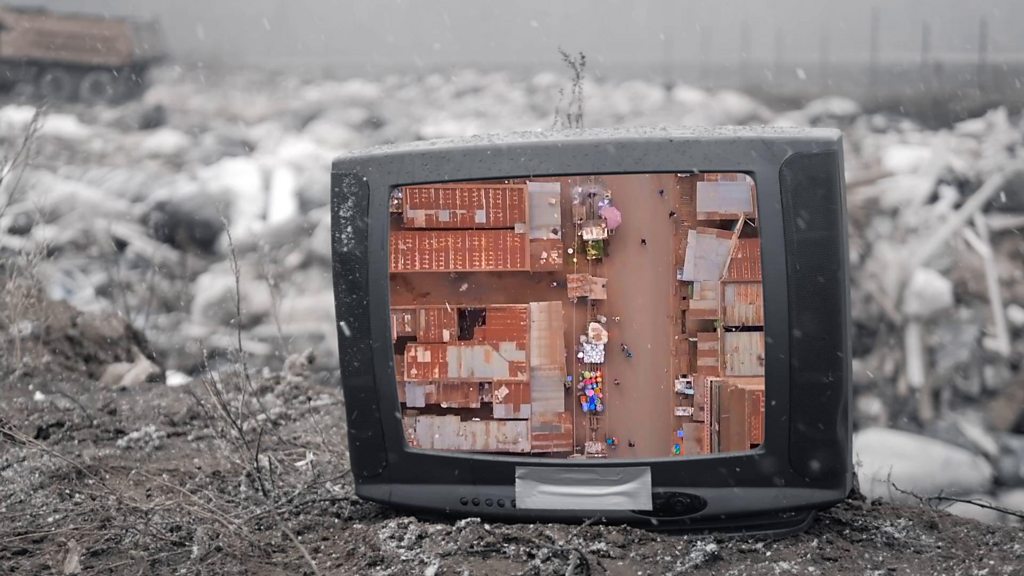
Dandora, a neighborhood bordering Nairobi, Kenya, finds itself grappling with a monumental environmental challenge. The area, notorious for harboring one of the largest dumpsites in East Africa, continues to overflow with refuse despite being declared at capacity two decades ago. Daily, the site receives an overwhelming influx of more than 800 tonnes of waste, a significant portion of which now consists of electronic waste – from antiquated mobile phones and televisions to obsolete laptops.
This growing tide of electronic waste, or e-waste, is particularly concerning due to its hazardous components, which can pollute the environment and pose serious health risks to the local population. In the face of this mounting issue, initiatives aimed at mitigating the impacts of e-waste have started to emerge, showcasing a blend of innovation and community engagement.
One such approach involves local startups specializing in the recycling and repurposing of electronic waste. These enterprises not only provide a practical solution to the problem of e-waste but also generate employment opportunities in a region where job prospects can be scarce. Workers employed in these startups are trained to dismantle and sort electronic devices, segregating components that can be recycled or safely disposed of from those that can find new life in refurbished products.
Community awareness campaigns form another crucial aspect of the multifaceted approach to fighting the e-waste crisis in Dandora. Non-governmental organizations (NGOs) and community leaders are at the forefront of efforts to educate residents about the dangers associated with improper disposal of e-waste. These campaigns aim to cultivate a collective responsibility towards the environment and encourage the adoption of more sustainable waste disposal practices among the community members.
Additionally, governmental intervention plays a significant role in addressing the e-waste predicament. Regulatory frameworks designed to manage the generation, collection, and recycling of electronic waste have been put in place. These policies seek to enforce responsible e-waste management and ensure that manufacturers, retailers, and consumers are all part of the solution. However, effective implementation remains a challenge, often hampered by inadequate infrastructure and resources.
The fight against electronic waste in Dandora is a testament to the resilience and ingenuity of its people. Through the combined efforts of local startups, community initiatives, and supportive regulatory policies, there is a glimmer of hope for a more sustainable future. Nevertheless, the scale of the problem necessitates continued innovation, investment, and international cooperation to forge pathways that not only resolve the e-waste issue but also transform Dandora into a model of sustainable urban living. As the world grapples with the increasing problem of electronic waste, the lessons learned from Dandora could provide valuable insights for other communities facing similar challenges. Yet, for lasting change to occur, it is imperative that these efforts are scaled up and supported by a global commitment to reducing e-waste through circular economy practices and sustainable consumption.
Source






